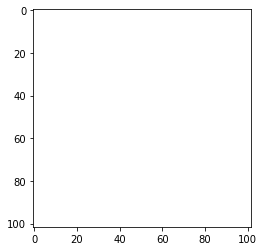
Copyright (c) Microsoft Corporation. All rights reserved.
Licensed under the MIT License.
Custom Raster Datasets¶
In this tutorial, we demonstrate how to create a custom RasterDataset for our own data. We will use the xView3 tiny dataset as an example.
Setup¶
[ ]:
%pip install torchgeo
Imports¶
[6]:
from pathlib import Path
from typing import Callable, Dict, Optional
import matplotlib.pyplot as plt
import torch
from rasterio.crs import CRS
from torch import Tensor
from torch.utils.data import DataLoader
from torchgeo.datasets import RasterDataset, stack_samples
from torchgeo.samplers import RandomGeoSampler
Custom RasterDataset¶
Unzipping the sample xView3 data from the tests folder¶
[7]:
from torchgeo.datasets.utils import extract_archive
data_root = Path('../../tests/data/xview3/')
extract_archive(str(data_root / 'sample_data.tar.gz'))
Now we have the xView3 tiny dataset downloaded and unzipped in our local directory. Note that all the test GeoTIFFs are comprised entirely of zeros. Any plotted image will appear to be entirely uniform.
xview3
├── 05bc615a9b0aaaaaa
│ ├── bathymetry.tif
│ ├── owiMask.tif
│ ├── owiWindDirection.tif
│ ├── owiWindQuality.tif
│ ├── owiWindSpeed.tif
│ ├── VH_dB.tif
│ └── VV_dB.tif
We would like to create a custom Dataset class based off of RasterDataset for this xView3 data. This will let us use torchgeo features such as: random sampling, merging other layers, fusing multiple datasets with UnionDataset and IntersectionDataset, and more. To do this, we can simply subclass RasterDataset and define a filename_glob property to select which files in a root directory will be included in the dataset. For example:
[8]:
class XView3Polarizations(RasterDataset):
'''
Load xView3 polarization data that ends in *_dB.tif
'''
filename_glob = "*_dB.tif"
[9]:
ds = XView3Polarizations(data_root)
sampler = RandomGeoSampler(ds, size=1024, length=5)
dl = DataLoader(ds, sampler=sampler, collate_fn=stack_samples)
for sample in dl:
image = sample['image']
print(image.shape)
image = torch.squeeze(image)
plt.imshow(image, cmap='bone', vmin=-35, vmax=-5)
torch.Size([1, 1, 102, 102])
torch.Size([1, 1, 102, 102])
torch.Size([1, 1, 102, 102])
torch.Size([1, 1, 102, 102])
torch.Size([1, 1, 102, 102])

